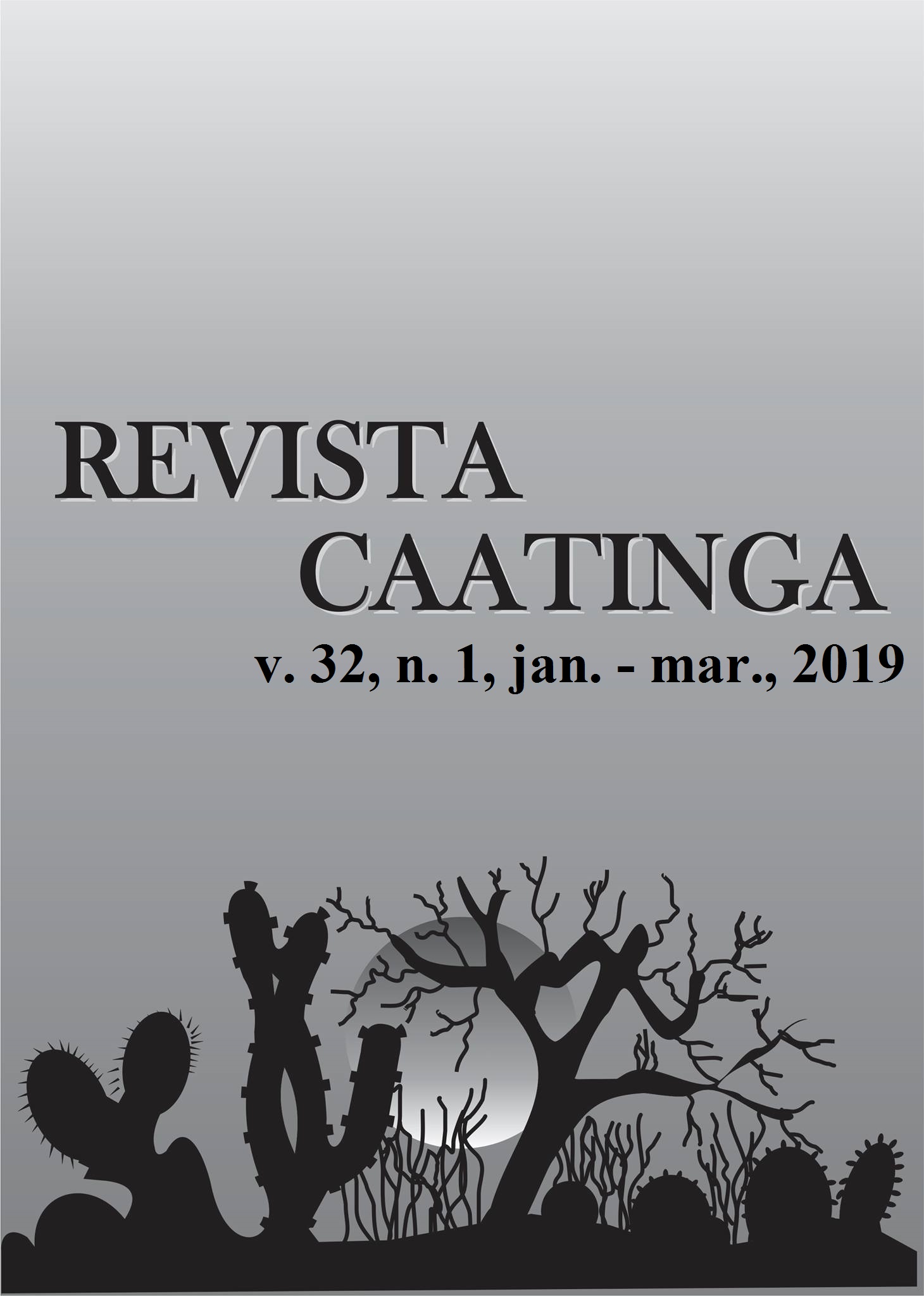METHIONINE PLUS CYSTINE TO LYSINE RATIO IN DIETS FOR TAMBAQUI JUVENILES
DOI:
https://doi.org/10.1590/1983-21252019v32n124rcKeywords:
Industrial amino acids. Protein nutrition. Ideal protein.Abstract
The objective of this study was to determine the appropriate ratio of methionine plus cystine to lysine in rations for tambaqui (Colossoma macropomum) juveniles, with initial weights of 0.28 ± 0.08 g and 0.94 ± 0.33 g. A randomized block design consisting of six treatments, five replicates in two blocks, and 20 fish per replicate was implemented. Six isolisinic (1.45%), isoenergetic, isophosphoric, and isocalcic diets, containing different ratios of methionine plus cystine to digestible lysine (50%, 55%, 60%, 65%, 70%, and 75%) were used. Performance and feed efficiency variables, including body composition (moisture, protein, and fat), daily protein deposition rate, daily fat deposition rate, and nitrogen retention efficiency, were evaluated. The specific growth rate and feed conversion presented quadratic effects, with maximum effects from the digestible methionine plus cystine to lysine ratio of 64.4% and 64.8%, respectively. The increase in digestible methionine plus cystine intake resulted in a linear reduction in body fat content with the elevation of the digestible methionine plus cystine to lysine ratio. The digestible methionine plus cystine to lysine ratio recommended in rations for tambaqui fingerlings is 64.8%.
Downloads
Downloads
Published
Issue
Section
License
Os Autores que publicam na Revista Caatinga concordam com os seguintes termos:
a) Os Autores mantêm os direitos autorais e concedem à revista o direito de primeira publicação, com o trabalho simultaneamente licenciado sob a Licença Creative Commons do tipo atribuição CC-BY, para todo o conteúdo do periódico, exceto onde estiver identificado, que permite o compartilhamento do trabalho com reconhecimento da autoria e publicação inicial nesta revista, sem fins comerciais.
b) Os Autores têm autorização para distribuição não-exclusiva da versão do trabalho publicada nesta revista (ex.: publicar em repositório institucional ou como capítulo de livro), com reconhecimento de autoria e publicação inicial nesta revista.
c) Os Autores têm permissão e são estimulados a publicar e distribuir seu trabalho online (ex.: em repositórios institucionais ou na sua página pessoal) a qualquer ponto antes ou durante o processo editorial, já que isso pode gerar alterações produtivas, bem como aumentar o impacto e a citação do trabalho publicado (Veja O Efeito do Acesso Livre).







